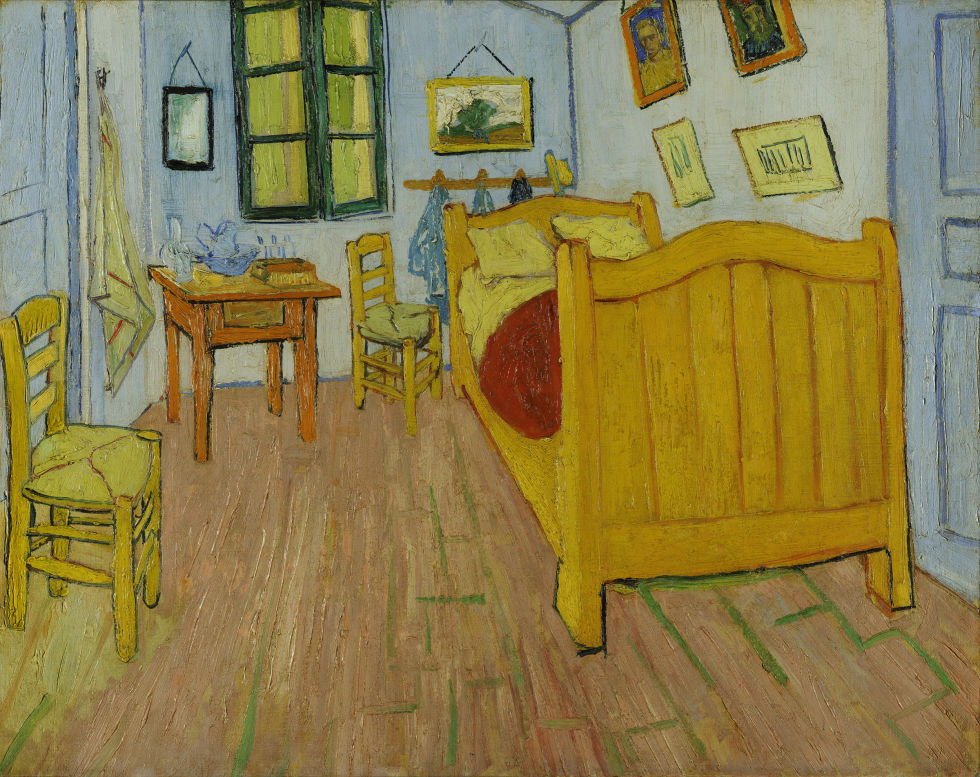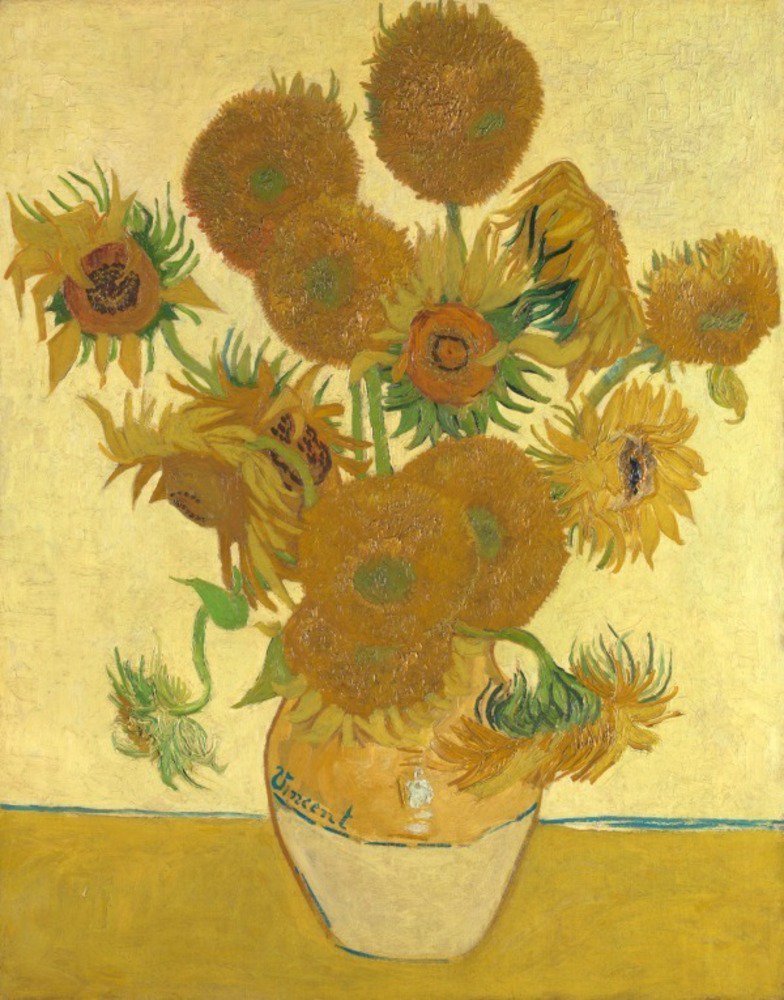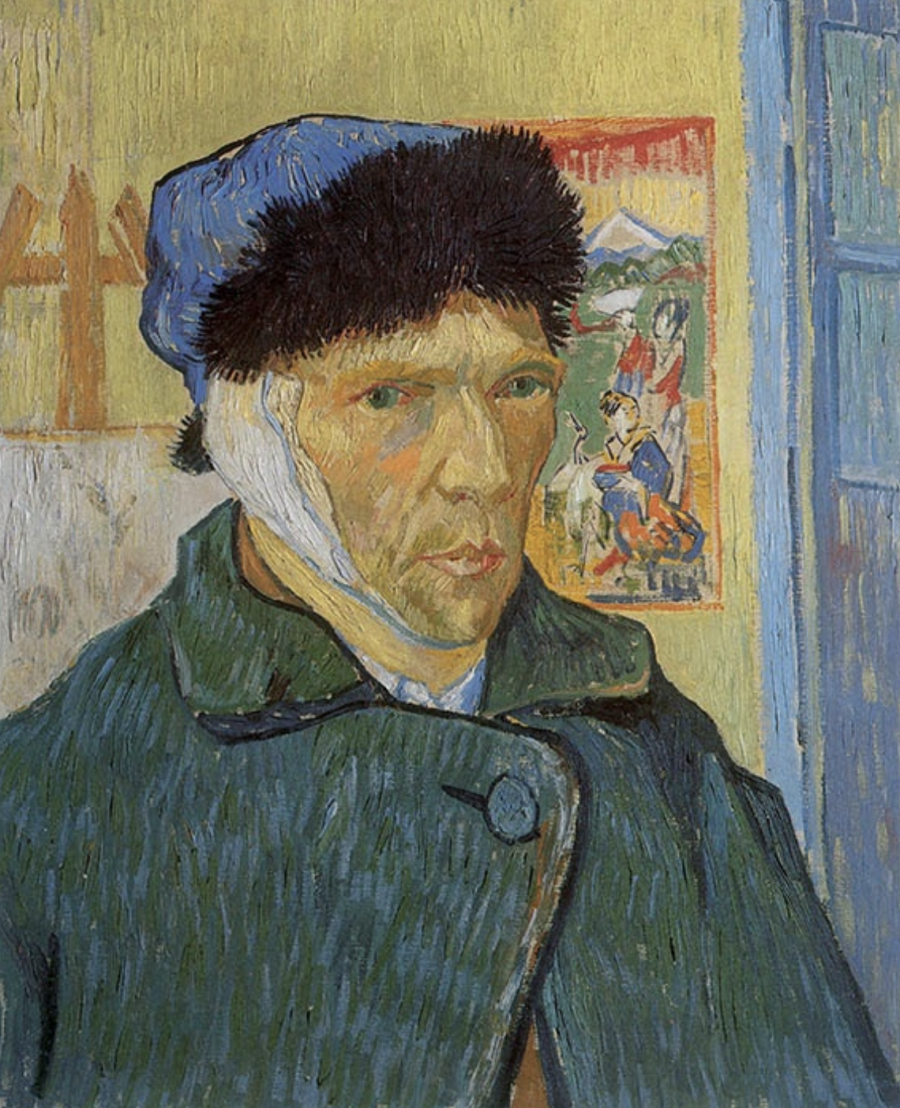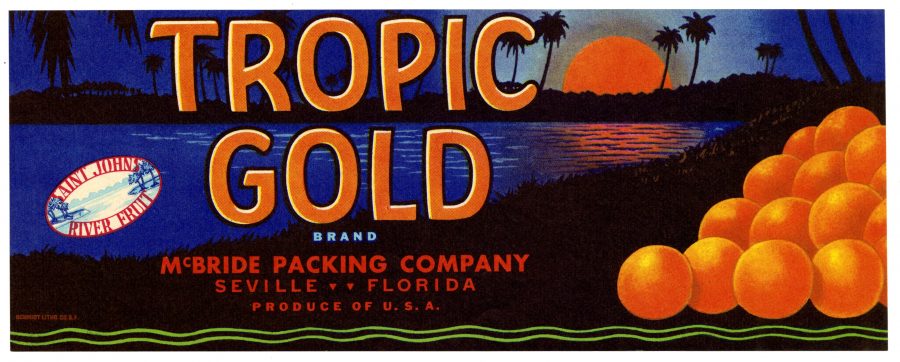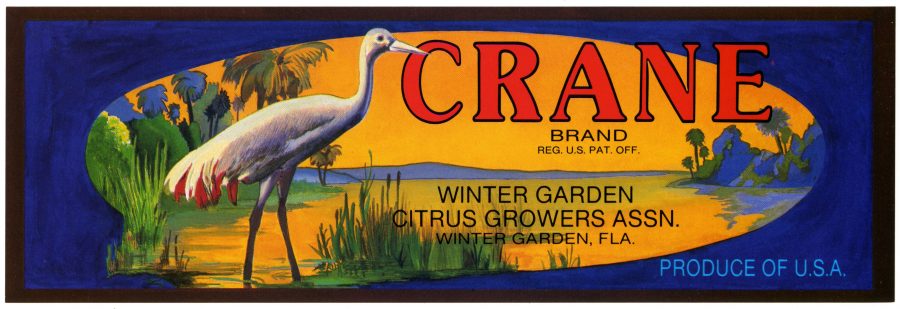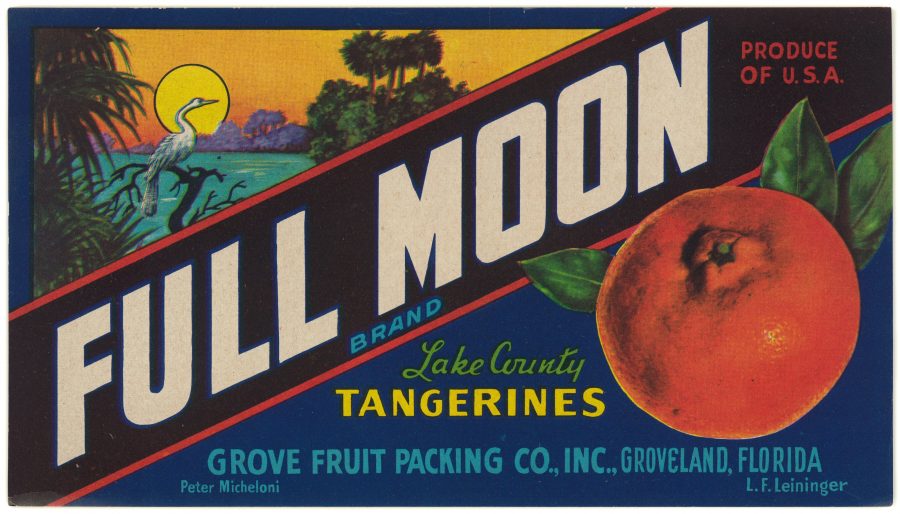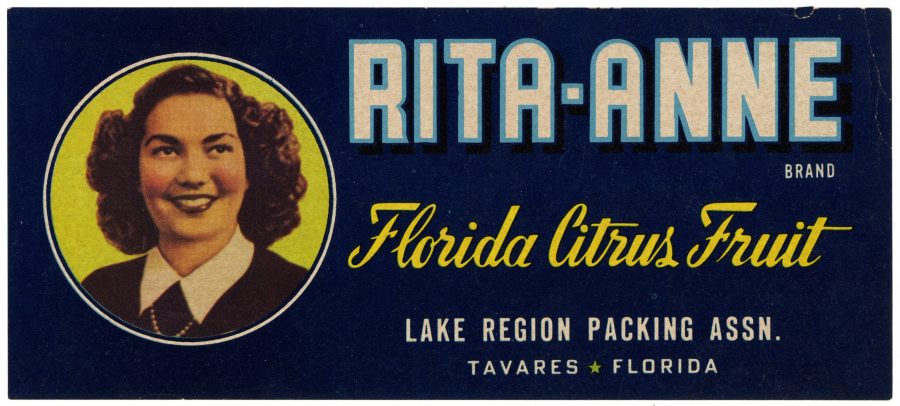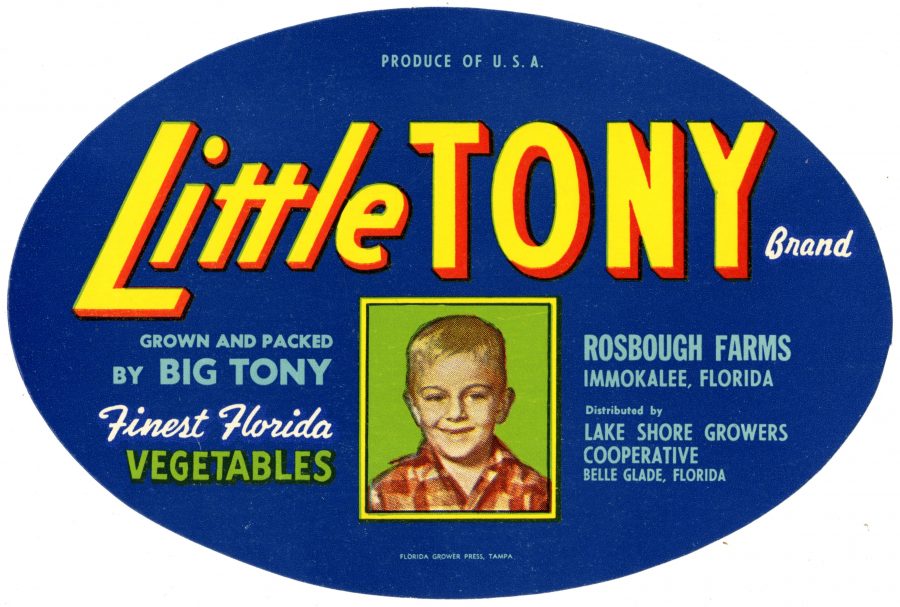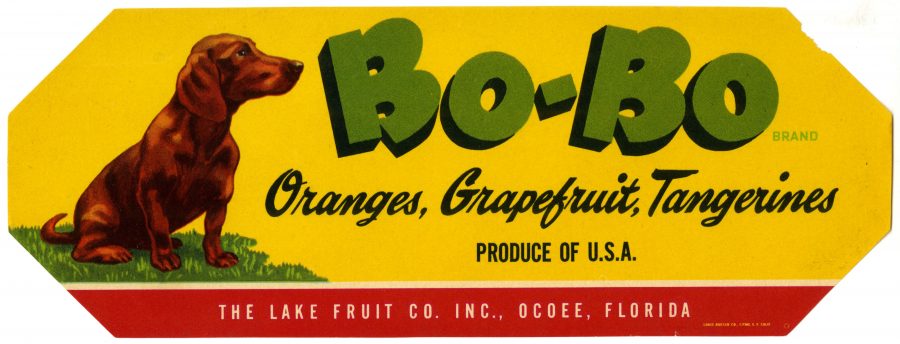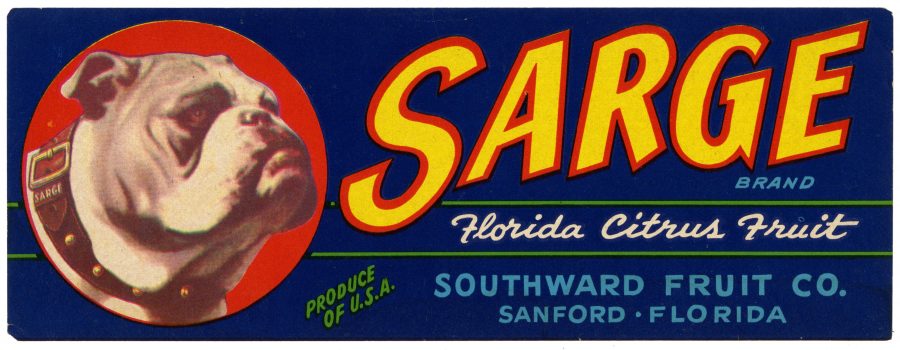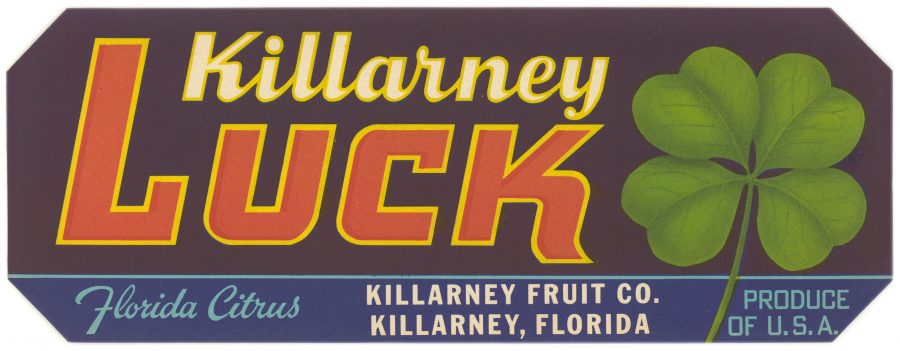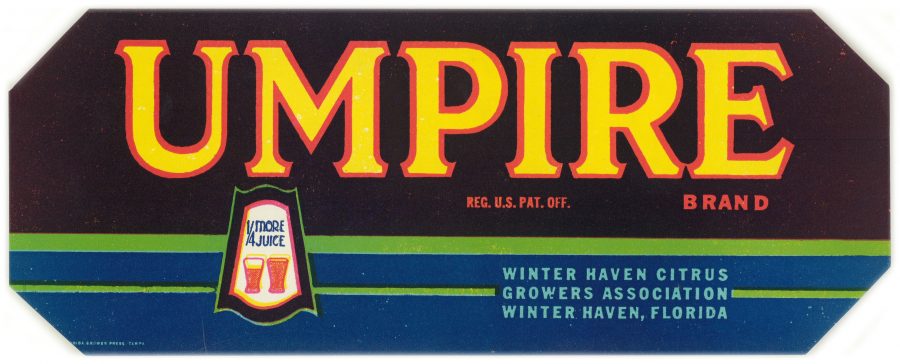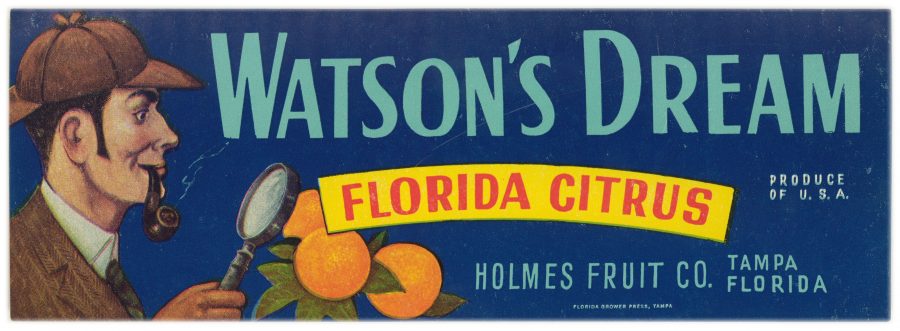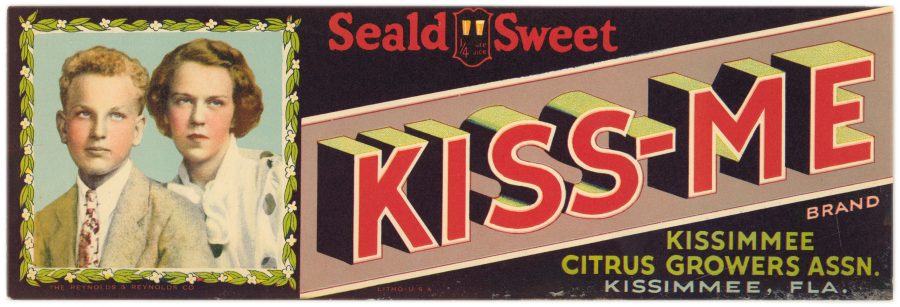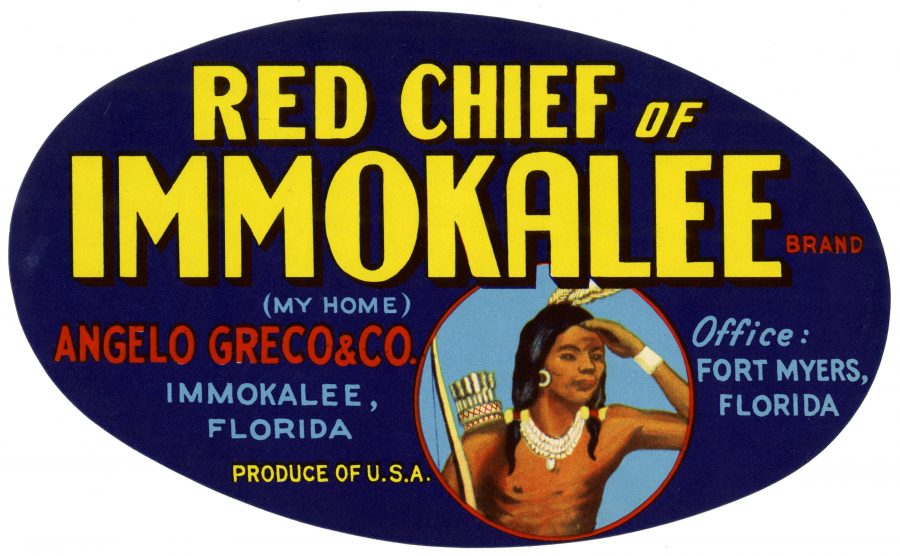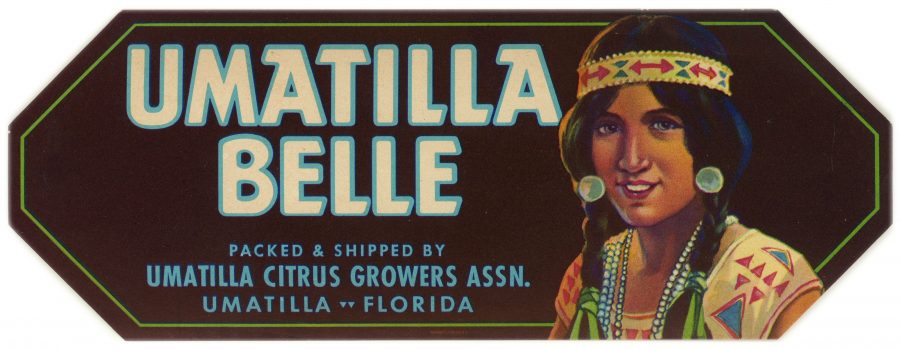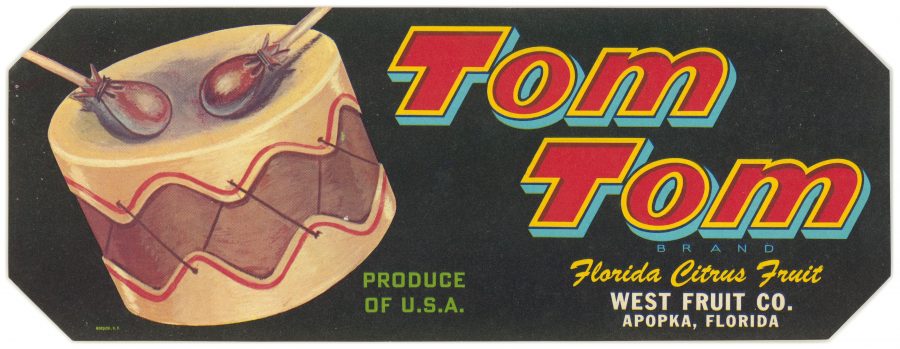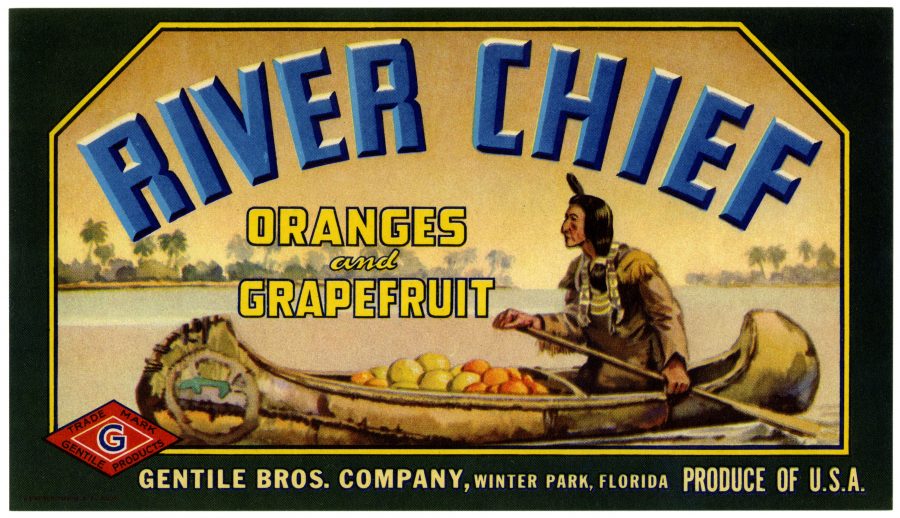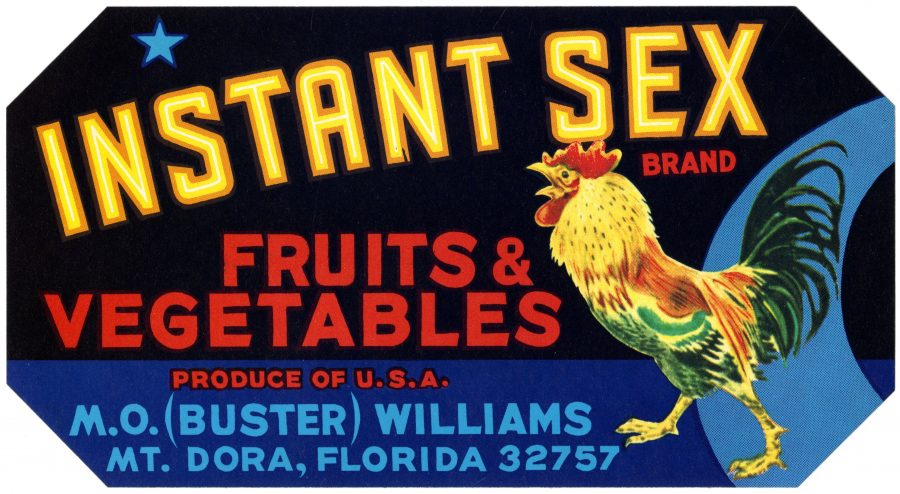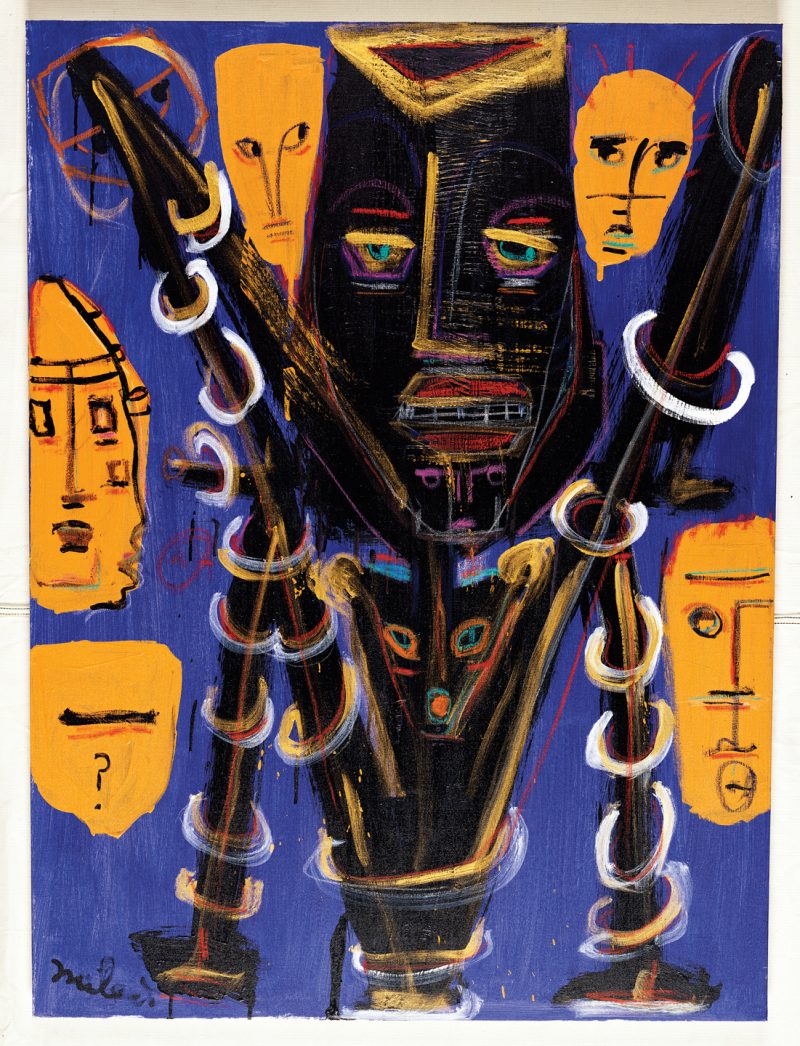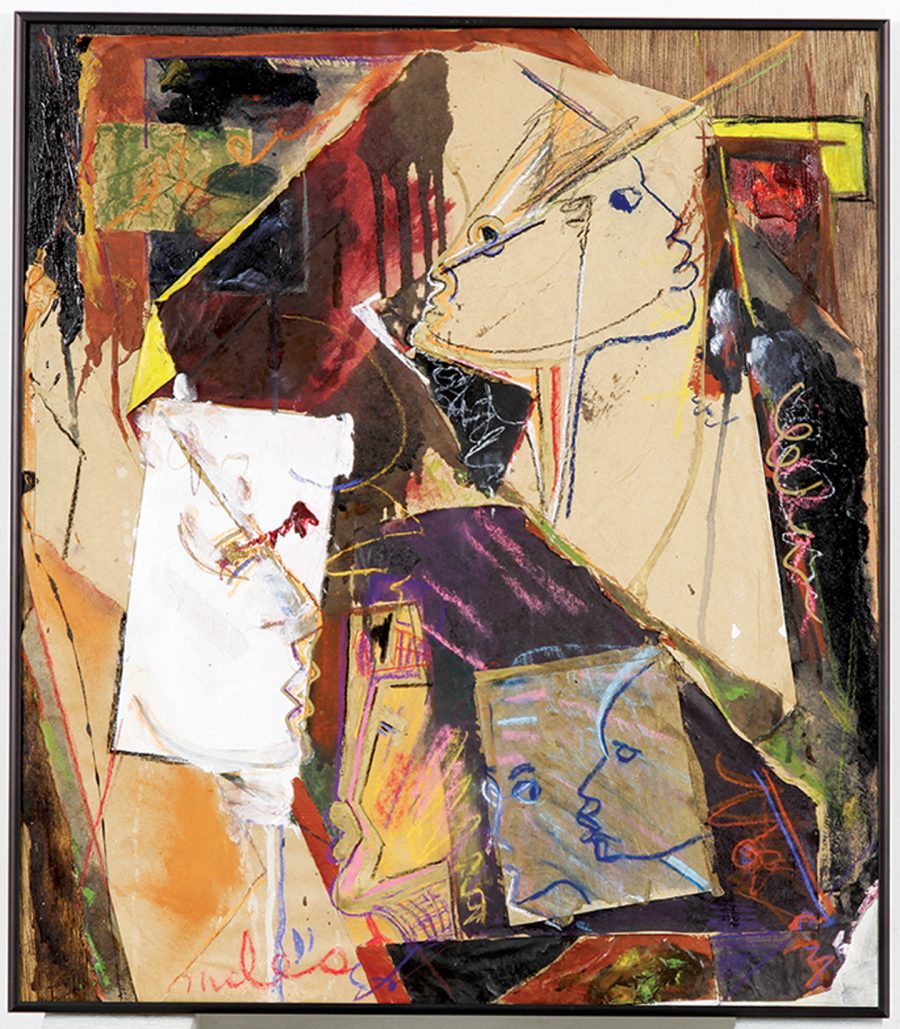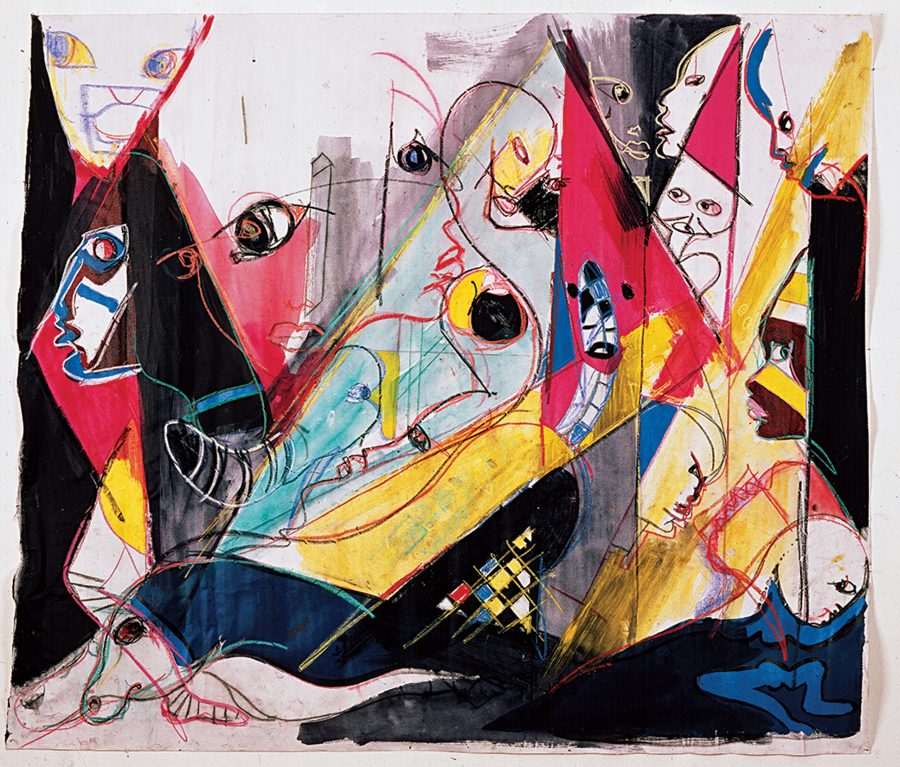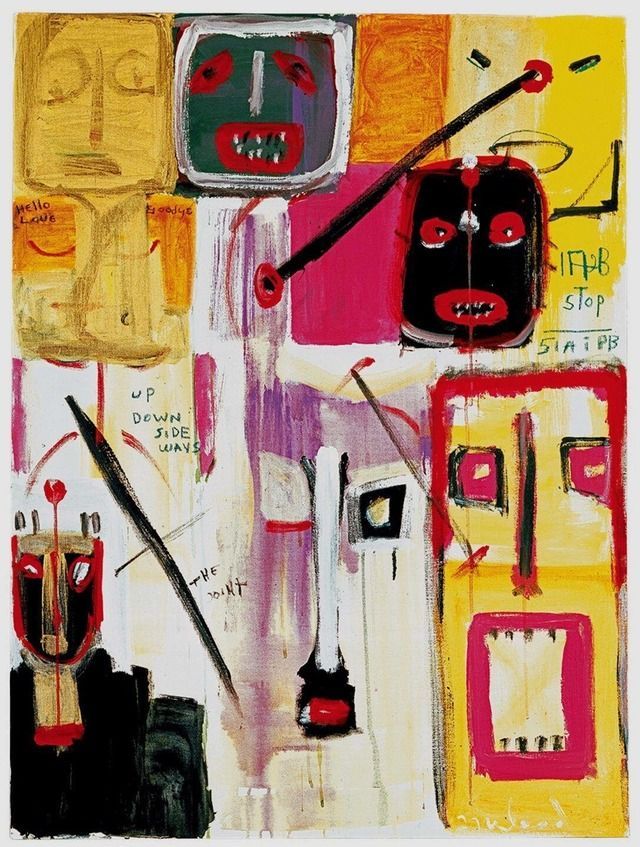[Most Recent Entries] [Calendar View]
Monday, October 28th, 2019
| Time | Event |
| 8:00a | Watch 700 Videos Nostalgia-Inducing Videos from the Early Days of MTV
When I was growing up, MTV was that rare commodity. Not all cable providers had it, and those that did charged an extra fee to get it. That meant there were certain kids in school that we were friends with just because their parents had it. (Sorry Tom, no hard feelings!) This exhaustive (and sometimes exhausting) YouTube playlist offers 710 videos that were staples of the channel in its 1980s heyday, right through the ‘90s when it slowly morphed into a lifestyle channel and VH-1 and then M2 picked up the slack of endlessly rotating memories. Music videos had been around long before MTV. From Scopitones to the Beatles’ promo films for “Penny Lane” and such, visuals and pop music were natural allies. And through the ‘70s and early ‘80s, music programs mixed live studio performances with videos often. But not 24/7 often. And not, as the the first VJs proclaimed on August 1, 1981, in *stereo*. This was a big deal for a lot of people. After introducing the crew one at a time--Mark Goodman, Alan Hunter, Martha Quinn, J.J. Jackson, and Nina Blackwood, all soon to become household names--the first video rolled: The Buggles’ “Video Killed the Radio Star.” Early viewers soon discovered this however: MTV didn’t really have a lot of videos, and in that first year, certain ones got played more than their popularity deserved. (They seemed to play Saga’s “On the Loose” once every hour.) The other thing viewers noticed: there was a lot, a LOT of hard rock and Adult Oriented Rock as they used to say in radio marketing. After the new wave of the Buggles came Pat Benatar, Rod Stewart, REO Speedwagon, Styx, .38 Special, April Wine, Gerry Rafferty. (To be fair, there was also The Cars, Split Enz (!), and The Pretenders. And then there were the predominantly white faces in all the videos. MTV was designed to appeal to rock fans and not, ahem, “urban listeners”. Electronic music, dance music, r’n’b, and other genres were noticeably absent. (It took public shaming by David Bowie and the undeniable pop juggernauts of Michael Jackson and Prince to change that.) By 1982, the channel had expanded for many reasons. One of them was the amount of brilliant videos coming out of the UK, shot by directors who seemed to really get the potential of the art form. Tim Pope, Russell Mulcahy (who shot most of Duran Duran’s videos), and the duo of Annabel Jankel and Rocky Morton brought in a knowledge of film history, animation, and surrealism to their videos, which complemented the mix and match fashion of the New Romantics. But on both sides of the Atlantic, artists were realizing the potential of the visual element to their entire identities. Plus, there was money. Lots and lots of money. (Some of it even went to the musicians!) As the ‘80s came to a close, MTV had changed music culture for better and for worse. It had dedicated programs to rap music, to alternative music, to heavy metal, and turned Spring Break into a rite of passage. And there were still some good years left in it. Music videos are everywhere on YouTube now, but atomized just like everything else. You forge your own path as you go down the rabbit hole. They still have the power to shock, like last year’s “This Is America” by Childish Gambino, or unite the country very briefly like “Old Town Road” by Lil NasX. But what is missing, really, is that repetition. We all knew what Michael Jackson looked like because “Billy Jean” and “Thriller” were on our TVs all the time. Same with Madonna. Now we know our stars from their social media, from their magazine spreads, from their live shows, and sometimes, just sometimes, from these little music films that used to be the center of the universe. Watch the complete playlist of 700 early MTV videos here. Related Content: Watch David Bowie Take MTV to Task for Failing to Play Music Videos by Black Artists (1983) Michel Gondry’s Finest Music Videos for Björk, Radiohead & More: The Last of the Music Video Gods David Fincher’s Five Finest Music Videos: From Madonna to Aerosmith Ted Mills is a freelance writer on the arts who currently hosts the artist interview-based FunkZone Podcast and is the producer of KCRW's Curious Coast. You can also follow him on Twitter at @tedmills, read his other arts writing at tedmills.com and/or watch his films here. Watch 700 Videos Nostalgia-Inducing Videos from the Early Days of MTV is a post from: Open Culture. Follow us on Facebook, Twitter, and Google Plus, or get our Daily Email. And don't miss our big collections of Free Online Courses, Free Online Movies, Free eBooks, Free Audio Books, Free Foreign Language Lessons, and MOOCs. |
| 11:00a | Explore 1400 Paintings & Drawings by Vincent van Gogh–and Much More–at the Van Gogh Museum’s Online Collection
Readers will receive no prizes for guessing what they'll find, broadly speaking, at the Van Gogh Museum. But they may well be surprised by the full scope of the Van Gogh and Van Gogh-related work and information on offer for their free perusal at the Van Gogh Museum's online collection. Naturally, you can view and learn about all of the paintings and drawings by Vincent van Gogh in the collection, including some of his best-known pieces like The Potato Eaters, a scene of "the harsh reality of country life" the artist deliberately chose for its difficulty; The Bedroom (or Bedroom in Arles), with its bright colors "meant to express absolute ‘repose’ or ‘sleep’"; and, painted between 1886 and 1889, no fewer than 21 self-portraits, including Self-Portrait with Bandaged Ear, the face we think of when we think of van Gogh himself.
For van Gogh's most famous series of floral still-life paintings the Van Gogh Museum's online collection goes much deeper, offering an entire section of its site dedicated to "everything about Sunflowers." Among its subsections you'll find the story of how van Gogh "painted sunflowers as no one before him had ever done," a look into the conservation of one of the most fragile of the artist's masterpieces, and even a for-the-young-and-young-at-heart Sunflowers coloring-book page. If you get through all that and still feel your appetite for post-impressionist renderings of Helianthus not fully satiated, the collection's curators also offer a link to van Gogh's other depictions of sunflowers, from Shed with Sunflowers to Sunflowers Gone to Seed.
Online or off, collections dedicated to the work of a single artist sometimes suffer tunnel vision, providing a wealth of detail about the life and the masterpieces, but little in the way of context. The Van Gogh Museum doesn't, having put on view not just van Gogh's work, but also that of the Japanese woodblock makers from whom he drew inspiration (previously featured here on Open Culture) as well as that of more recent artists who have drawn their own inspiration from van Gogh: Britain's Jason Brooks, China's Zeng Fanzhi, and the Netherlands' own Pieter Laurens Mol, to say nothing of the likes of Edvard Munch and Francis Bacon. Elsewhere you can even explore "the Parisian print world of the 19th century," a "period of artistic innovation and decadence" that did more than its part to shape van Gogh's sensibility. As the Van Gogh Museum clearly understands, to know an artist requires immersing yourself not just in their work, but in their world as well. Enter the van Gogh online collection here. Related Content: Download Hundreds of Van Gogh Paintings, Sketches & Letters in High Resolution 13 of Van Gogh’s Paintings Painstakingly Brought to Life with 3D Animation & Visual Mapping A Complete Archive of Vincent van Gogh’s Letters: Beautifully Illustrated and Fully Annotated Van Gogh’s Ugliest Masterpiece: A Break Down of His Late, Great Painting, The Night Café (1888) Based in Seoul, Colin Marshall writes and broadcasts on cities, language, and culture. His projects include the book The Stateless City: a Walk through 21st-Century Los Angeles and the video series The City in Cinema. Follow him on Twitter at @colinmarshall or on Facebook. Explore 1400 Paintings & Drawings by Vincent van Gogh–and Much More–at the Van Gogh Museum’s Online Collection is a post from: Open Culture. Follow us on Facebook, Twitter, and Google Plus, or get our Daily Email. And don't miss our big collections of Free Online Courses, Free Online Movies, Free eBooks, Free Audio Books, Free Foreign Language Lessons, and MOOCs. |
| 2:01p | A Collection of Vintage Fruit Crate Labels Offers a Voluptuous Vision of the Sunshine State
Ah, Florida… The Sunshine State. Tourists began flocking to it in earnest once the railroads expanded in the late 19th century, drawn by visions of sunset beaches, graceful palms, and plump citrus fruit in a warm weather setting. The fantasy gathered steam in the 1920s when citrus growers began affixing colorful labels to the fruit crates that shipped out over those same railroad lines, seeking to distinguish themselves from the competition with memorable visuals. These labels offered lovers of grapefruit and oranges who were stuck in colder climes tantalizing glimpses of a dreamy land filled with Spanish Moss and graceful long-legged birds. Words like “golden” and “sunshine” sealed the deal.
(The reality of citrus picking, then and now, is one of hard labor, usually performed by underpaid, unskilled migrants.) The State Library of Florida’s Florida Crate Label Collection has amassed more than 600 examples from the 1920s through the 1950s, many of which have been digitized and added to a searchable database. While the majority of the labels peddle the sunshine state mythos, others pay homage to growers’ family members and pets.
Others like Killarney Luck, Umpire, Sherlock’s Delight, and Watson’s Dream built brand identity by playing on the grove’s name or location, though one does wonder about the models for the deliciously dour Kiss-Me label. Siblings, perhaps? Maybe the Kissimmee Citrus Growers Association disapproved of the PDA their name seems so ripe for.
Native Americans' prominent representation likely owed as much to the public’s fascination with Westerns as to the state’s tribal heritage, evident in the names of so many locations, like Umatilla and Immokalee, where citrus crops took root. Meanwhile, Mammy, Aunty, and Dixieland brands relied on a stereotypical representation of African-Americans that had a proven track record with consumers of pancakes and Cream of Wheat.
The vibrantly illustrated crate labels were put on hold during World War II, when the bulk of the citrus crop was earmarked for the military. By the mid-50s, cardboard boxes on which company names and logos could be printed directly had become the industry standard, relegating crate labels to antique stores, swap meets, and flea markets. Begin your exploration of the Florida Crate Label Collection here, browsing by image, place, company, or brand name.
Via Kottke Related Content: An Archive of 3,000 Vintage Cookbooks Lets You Travel Back Through Culinary Time Browse a Collection of Over 83,500 Vintage Sewing Patterns Ayun Halliday is an author, illustrator, theater maker and Chief Primatologist of the East Village Inky zine. Join her in NYC on Monday, November 4 when her monthly book-based variety show, Necromancers of the Public Domain celebrates Louise Jordan Miln’s “Wooings and Weddings in Many Climes (1900). Follow her @AyunHalliday.
A Collection of Vintage Fruit Crate Labels Offers a Voluptuous Vision of the Sunshine State is a post from: Open Culture. Follow us on Facebook, Twitter, and Google Plus, or get our Daily Email. And don't miss our big collections of Free Online Courses, Free Online Movies, Free eBooks, Free Audio Books, Free Foreign Language Lessons, and MOOCs. |
| 6:10p | The Paintings of Miles Davis: Discover Visual Art Inspired by Kandinsky, Basquiat, Picasso, and Joni Mitchell
Few artists have lived as many creative lifetimes as Miles Davis did in his 65 years, continuing to evolve even after his death with the posthumous release of a lost album Rubberband earlier this year. The album’s cover, featuring an original painting by Davis himself, may have turned fans on to another facet of the composer/bandleader/trumpeter’s artistic evolution—his career as a visual artist, which he began in earnest just a decade before his 1991 death. “During the early 1980s,” writes Tara McGinley at Dangerous Minds, Davis “made creating art as much a part of his life as making music…. He was said to have worked obsessively each day on art when he wasn’t touring and he studied regularly with New York painter Jo Gelbard.” Never one to do anything by half-measures, Davis turned out canvas after canvas, though he didn’t exhibit much in his lifetime. He painted mainly for himself. “It’s like therapy for me,” he said, “and keeps my mind occupied with something positive when I’m not playing music.” Being the intimidating Miles Davis, however, it wasn’t exactly easy for him to find artistic peers with whom he could commune. When he first approached Gelbard, the artist says, “I was scared to death! I could barely speak.”
The two lived in the same New York building and Gelbard eventually relaxed enough to give Davis lessons, then later became his girlfriend, collaborating with him on work like the cover of the 1989 album Amandla. As she characterizes his style:
Miles also found a peer in fellow painter Joni Mitchell. She describes how he called her one day and said, “Joni, I like that painting that you did. Nice colors. I want to come over and watch you paint.” Davis, her musical hero, wouldn’t record with her (though she found out later that he owned all her records). “He would talk painting but he wouldn’t talk music with me.”
Davis’ paintings are rough and expressionistic, a counterpoint to the formal discipline of his music. (McGinley succinctly describes them as a “sharp, bold and masculine mixture of Kandinsky, Jean-Michel Basquiat, Picasso and African tribal art".) He didn’t make inroads in the art world, but painting did become “a profitable sideline,” noted the L.A. Times in ’89. Friends and fellow musicians like Lionel Richie and Quincy Jones bought his work. “A magazine called Du in Zurich bought some of my sketches for a special edition they’re putting out on me,” he said.
In 2013, a hardcover edition of his collected paintings appeared, with a foreword by Jones, perhaps the most avid of Miles Davis collectors. There are many other voices in the book, including author Steve Gutterman—who interviewed Davis before his death and writes an introduction—and various family members who contribute personal stories. Miles sums up his own “refreshingly unpretentious attitude” toward his artwork in one brief statement: “It ain’t that serious.” Pick up a copy of Miles Davis: The Collected Artwork here. Note: This post updates material that first appeared on our site in 2014. Related Content: Kind of Blue: How Miles Davis Changed Jazz Hear a 65-Hour, Chronological Playlist of Miles Davis’ Revolutionary Jazz Albums Listen to The Night When Miles Davis Opened for the Grateful Dead in 1970 The Influence of Miles Davis Revealed with Data Visualization: For His 90th Birthday Today Josh Jones is a writer and musician based in Durham, NC. Follow him at @jdmagness The Paintings of Miles Davis: Discover Visual Art Inspired by Kandinsky, Basquiat, Picasso, and Joni Mitchell is a post from: Open Culture. Follow us on Facebook, Twitter, and Google Plus, or get our Daily Email. And don't miss our big collections of Free Online Courses, Free Online Movies, Free eBooks, Free Audio Books, Free Foreign Language Lessons, and MOOCs. |
| << Previous Day |
2019/10/28 [Calendar] |
Next Day >> |







